Head-To-Head: Galaxy S6 Edge+ Vs. iPhone 6 Plus
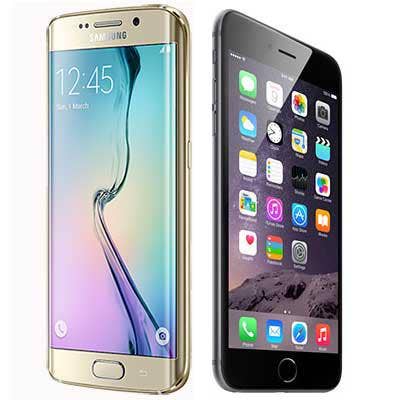
Bigger Is Better?
Samsung Thursday unveiled the arrival of its newest big-screen smartphone, the Galaxy S6 Edge+.
With a 5.7-inch display, Samsung's newest phone plays into a trend that has hit the U.S. market over the past year -- big-screen phones, dubbed "phablets."
"With the launch of the Galaxy S6 Edge+ ... we're re-emphasizing our commitment to bold, fearless innovation that meets the needs of our consumers," said Samsung CEO JK Shin.
Apple has also thrown its hat into the big-screen smartphone phone ring with its 5.5-inch iPhone 6 Plus. Following is a head-to-head between all the features and components in the Galaxy S6 Edge+ vs. the iPhone 6 Plus.
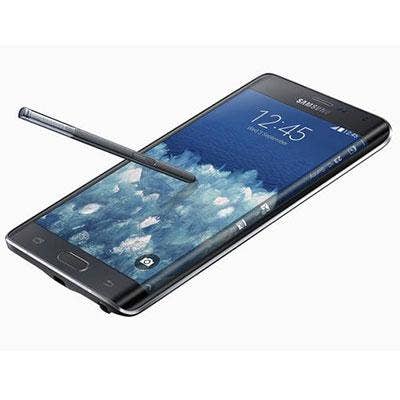
Display
Samsung's Galaxy S6 Edge+ lives up to the company's boasts of its size, containing a 5.7-inch display with a quad HD Super AMOLED, dual-edge screen that is slightly larger than the iPhone 6 Plus' 5.5-inch Retina HD display. The phone's exact dimensions are 154.4 x 75.8 x 6.8 mm.
"Samsung was the earliest entrant to the phablet market with its original Note in 2011, but the market and other vendors have gone for big displays big time since then," said Charles King, analyst with research firm Pund-IT.
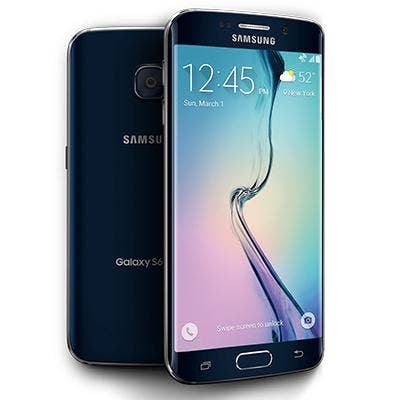
Battery/ Memory
The Galaxy S6 Edge+ contains a 3,000mAh battery, compared with Apple's non-removable 2915mAh battery. The iPhone 6 Plus allows for up to 24 hours of talk time on 3G.
In terms of memory, Samsung edges out its competition with its new smartphone containing 4 GB of RAM, while the iPhone 6 Plus contains just 1 GB of RAM.
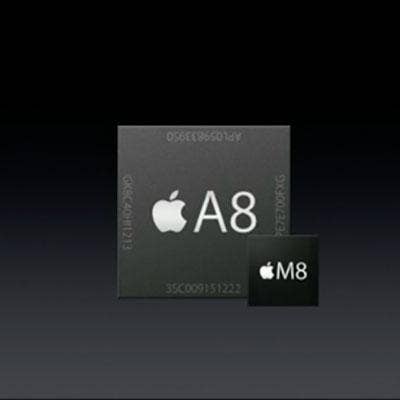
Peripherals
On the processor side, the Galaxy S6 Edge+ contains an Exynos 7420, the company's in-house 64-bit, 14nm octa-core processor, clocking at 2.1GHz. The 64-bit processor signifies an upgrade for Samsung from its 32-bit Qualcomm Snapdragon 805 typically found in its flagship phones, such as the Galaxy Note 4.
The iPhone 6 Plus is powered by A8 SoC, Apple's own in-house 64-bit processor running at 2.0GHz, along with the M8 motion co-processor, Apple's secondary processor dedicated to sensory input.
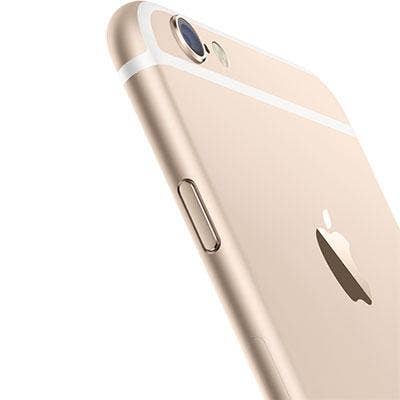
Camera
On the consumer side, camera features have become important for smartphone vendors, particularly because many analysts contend that the Galaxy S6's camera is better than that of the iPhone 6.
The Galaxy S6 Edge+ with a 16-megapixel rear camera and a 5-megapixel front camera. To reach the camera, users only need to double-click the home button to launch the camera from any screen.
These cameras target 4K video filming by including features like Video Digital Image Stabilization and Video Collage Mode, allowing users to record and edit short videos in various frames and effects. Meanwhile, the iPhone 6 Plus' 8-megapixel camera contains a plethora of features, such as True Tone Flash, Optical Image Stabilization and Improved Face Detection.

Operating System
The Galaxy S6 Wdge+ runs on Samsung's typical operating system, Android 5.1 Lollipop, while the iPhone 6 Plus runs on Apple's popular iOS.
Android has been under fire recently after users discovered a collection of serious vulnerabilities in the Android system called Stagefright, which could allow hackers to to access mobile devices with only the user's mobile number. In Samsung's new Galaxy S6 Edge+, it emphasized upgrades to the phone's security platform, Samsung Knox.
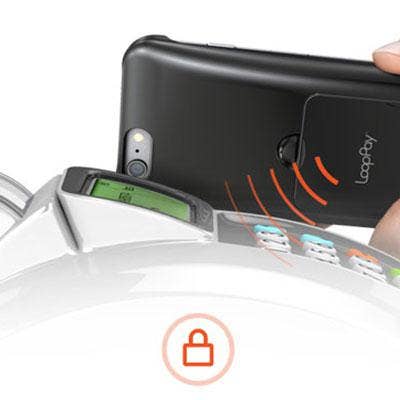
S amsung Pay
Months after buying mobile payment company LoopPay, Samsung has finally delivered its mobile payment service, Samsung Pay, to match Apple's Apple Pay.
Samsung Pay, which will launch in the U.S. in September, works with both Magnetic Secure Transmission (MST) and Near Field Communication (NFC) technologies, which means that consumers can utilize the mag stripe card readers that are present in most retail stores.
Other mobile payment systems, such as Apple Pay, have required retail merchants to upgrade their terminals to be compatible with NFC, which allows two devices to communicate when they are in close distance.
Samsung Pay is protected by Samsung Knox, fingerprint verification and digital tokenization.

Price And Availability
Samsung remained mum on the pricing of its newest smartphone, but stated the phone would be released Aug. 21, with pre-orders starting Thursday.
The iPhone 6 Plus was released last fall, and prices currently average $749 at the Apple Store.
Pricing will be important for Samsung's newest phone to make a mark with consumers, said Pund-IT's King. "Not only have Samsung's main competitors, including Apple, LG and others, delivered smartphones with displays in the 5.5-inch or more range, but value-focused players like Asus with its Zenfone 2 are delivering smartphones … at a fraction of what premium handsets cost," he said.